Walking down memory lane
Vladivostok: Architectural heritage
Old Vladivostok is known for its great mix of architectural styles: Orthodox Christian chapels and Lutheran churches, places in German Gothic and Romanesque style, and intricate Russian Baroque and Asian architecture.
There are even buildings that boldly combine several styles in one! You can see this amazing variety during a
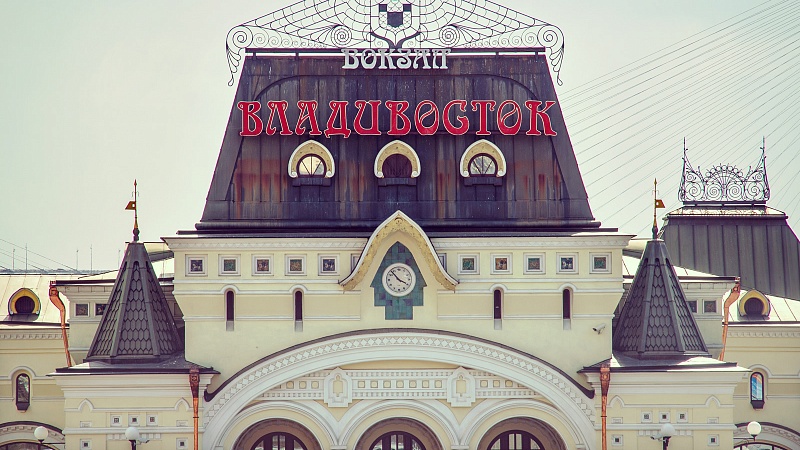
Vladivostok Train Station
One of the oldest and most beautiful buildings of the city, the Vladivostok Train Station, is the first thing people will see when arriving here by train.
The Vladivostok Train Station was founded in 1891, simultaneously with the
In 1912 the original simplicity of the building design was changed to match the Russian baroque style of the Yaroslavsky Train Station in Moscow, symbolizing the unity of the great Russian Empire.
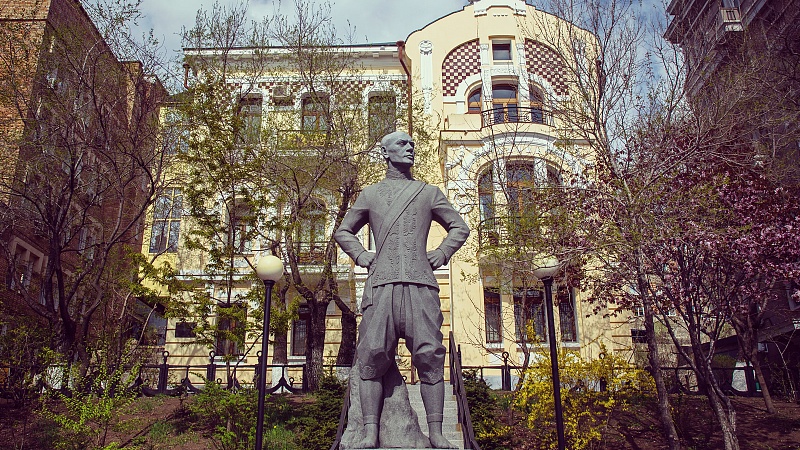
The Brynner House
Walking вown Aleutskaya Street from the train station towards the city center, you will see the Brynner House, a light
Yulius Brynner was born in Switzerland. At the end of 19th century he immigrated to Vladivostok via Japan and soon became one of the richest and most powerful entrepreneurs in Vladivostok. His grandson, Yuliy Brynner, was born in Vladivostok in 1920 and very soon after left Russia with his family. In America he made a brilliant movie career, known by his fans as Yul Brynner.
In 2012, a statue of Yul Brynner was erected in front of the home where he was born. His son, Rock Brynner, a special guest of the Pacific Meridian International Film Festival, participated in the ceremony.
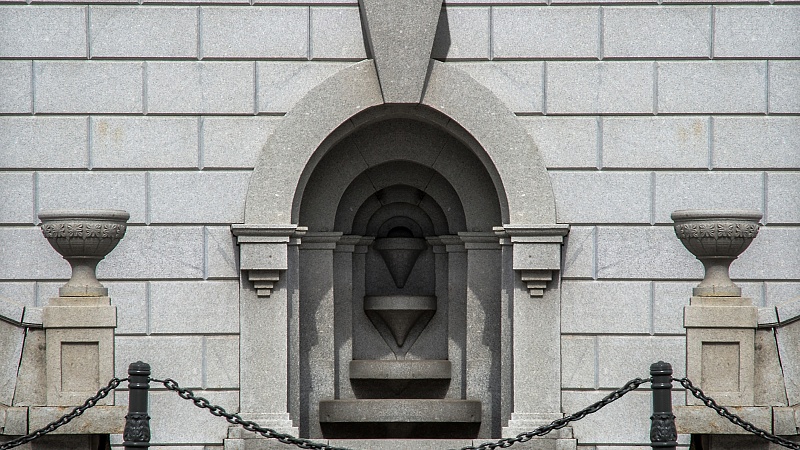
The "Grey Horse"
Two tall buildings (#17 and #19) on your way to the center that stand out from the rest of the buildings on the street are jointly called the "Grey Horse". The architectural style is best described as Stalin’s Empire; back in the 1930s, these 7 to
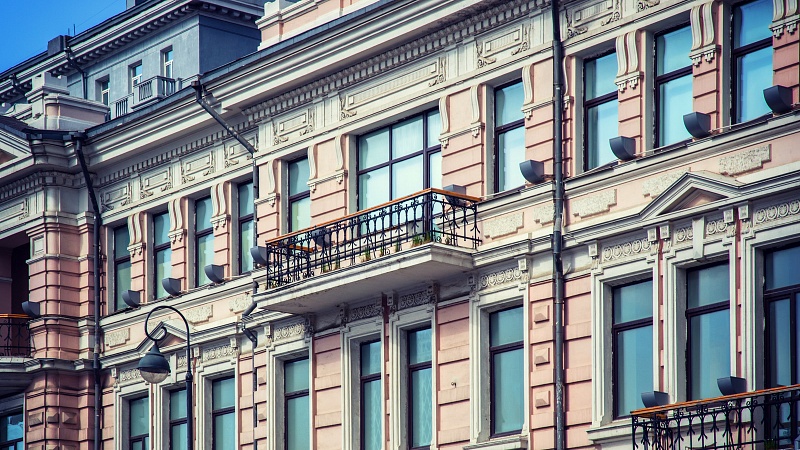
The Arsenyev Primorye Museum
On the west corner of Svetlanskaya and Aleutskaya Street’s intersection, there is the Arsenyev Primorye Museum. Built in 1904, it belonged to one of the partners of "Churin & Kasyanov", the largest trading company in the Far East.
The Arsenyev Primorye Museum also features an impressive modern display of historical materials, so it is worth spending an hour exploring their interactive educational collection.
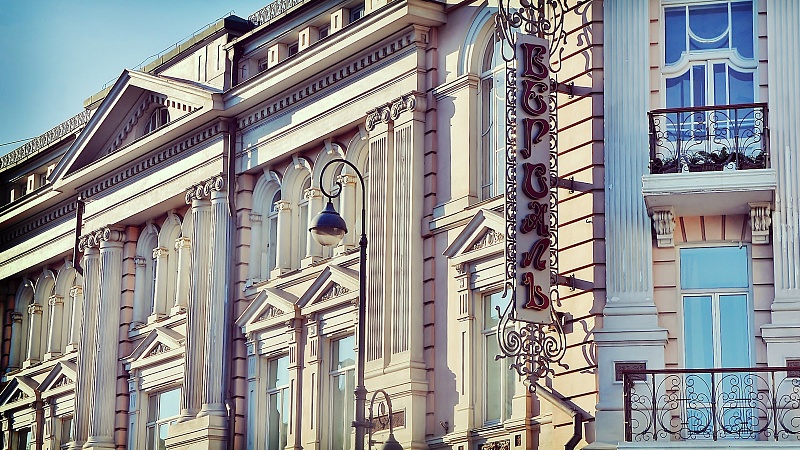
Versailles Hotel
Walking past the Arsenyev Primorye Museum and going uphill towards the sea, at the very beginning of Svetlanskaya Street you will see the Art Nouveau building of Versailles Hotel, erected in 1909. By design, it is an upscale hotel with boutiques and a fancy restaurant. Admiral Kolchak, Somerset Maugham, Bertolt Brecht, and Ho Chi Minh all stayed at this hotel at one time or another.
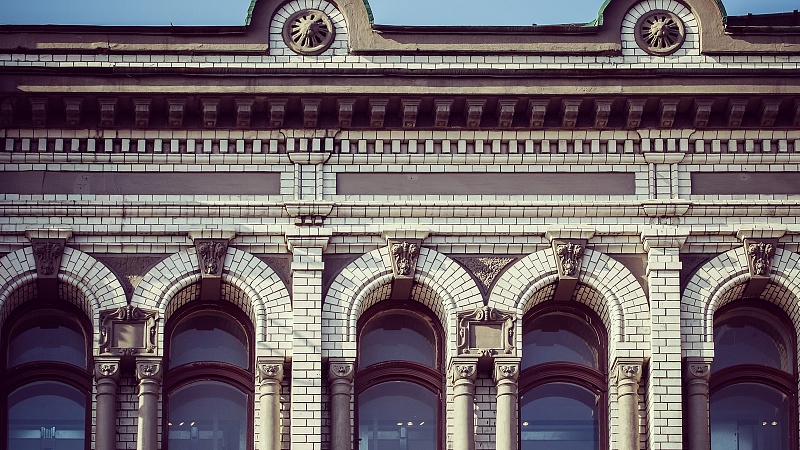
The GUM Department Store
Built in 1882–1884 by the "Kunst and Albers" Trading Company, the GUM Department Store is one of the most magnificent landmarks of Vladivostok. All construction materials were brought by sea from Europe, including the cast iron gates, bricks, and tiles. The building was restored in the early 20th century, preserving the art nouveau style that we know today.
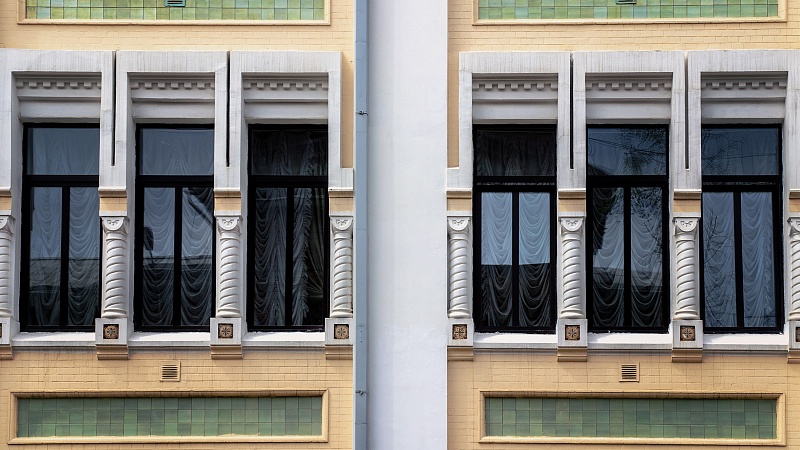
The Pushkin Theater
Built in 1907–1908, the Pushkin Theater was the largest center for the arts and culture in Vladivostok before the Soviet Revolution of 1917. The building changed many hands and served many purposes during its long life; today, the Far Eastern Federal University has taken the Pushkin Theater "under its wing".
These buildings hold the spirit of old Vladivostok with its charm and living history. Nevertheless, they are only the tip of the iceberg of Vladivostok’s architectural heritage.
If you liked this article, share it with friends:
Come to Vladivostok!
We recommend
Tourist Attractions
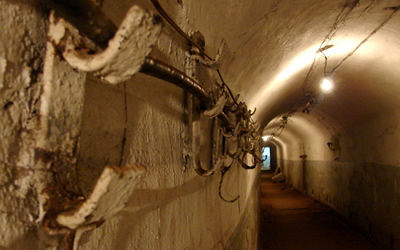
Underground Vladivostok
If you descend with the diggers, you will learn an entire underground city exists with catacombs, batteries, warehouses and galleries.
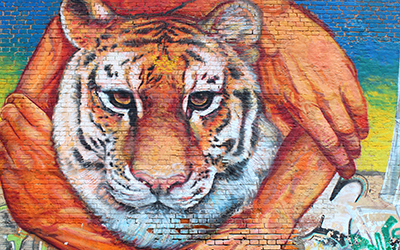
Walking in Vladivostok, route 2 (along the sea)
Arbat (Admiral Fokin Street) – Waterfront Sports Harbor – Aquarium (Oceanarium) – Museum "Vladivostok Fortress" – Batareynaya Street – Sister Cities Square – Music Bar "Mumiy Troll"
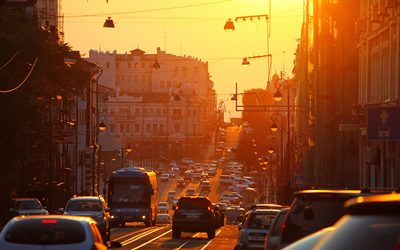
Walking in Vladivostok, route 1 (historical)
Each guest of Vladivostok should experience this route: fascinating, not long, but rich with impressions.